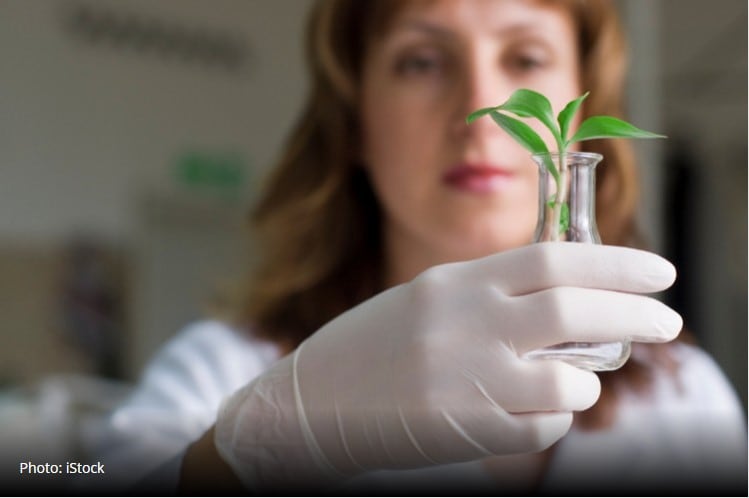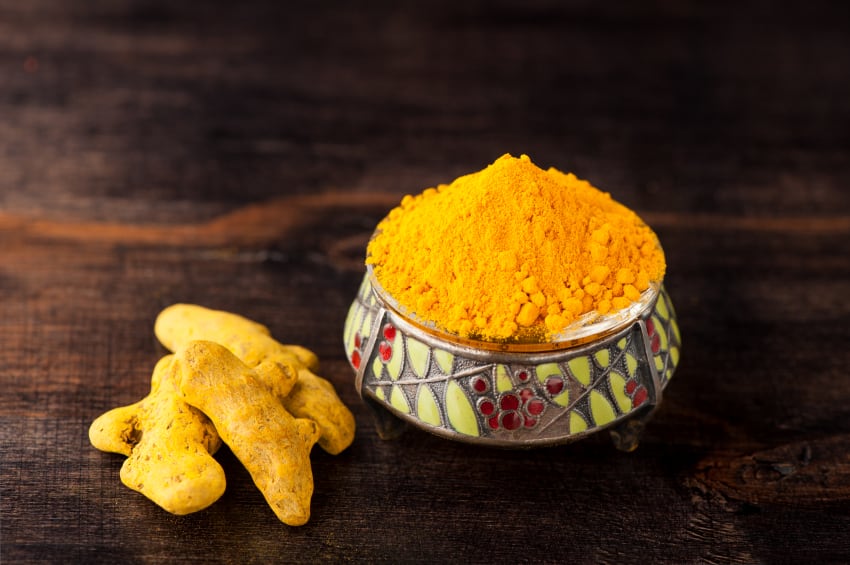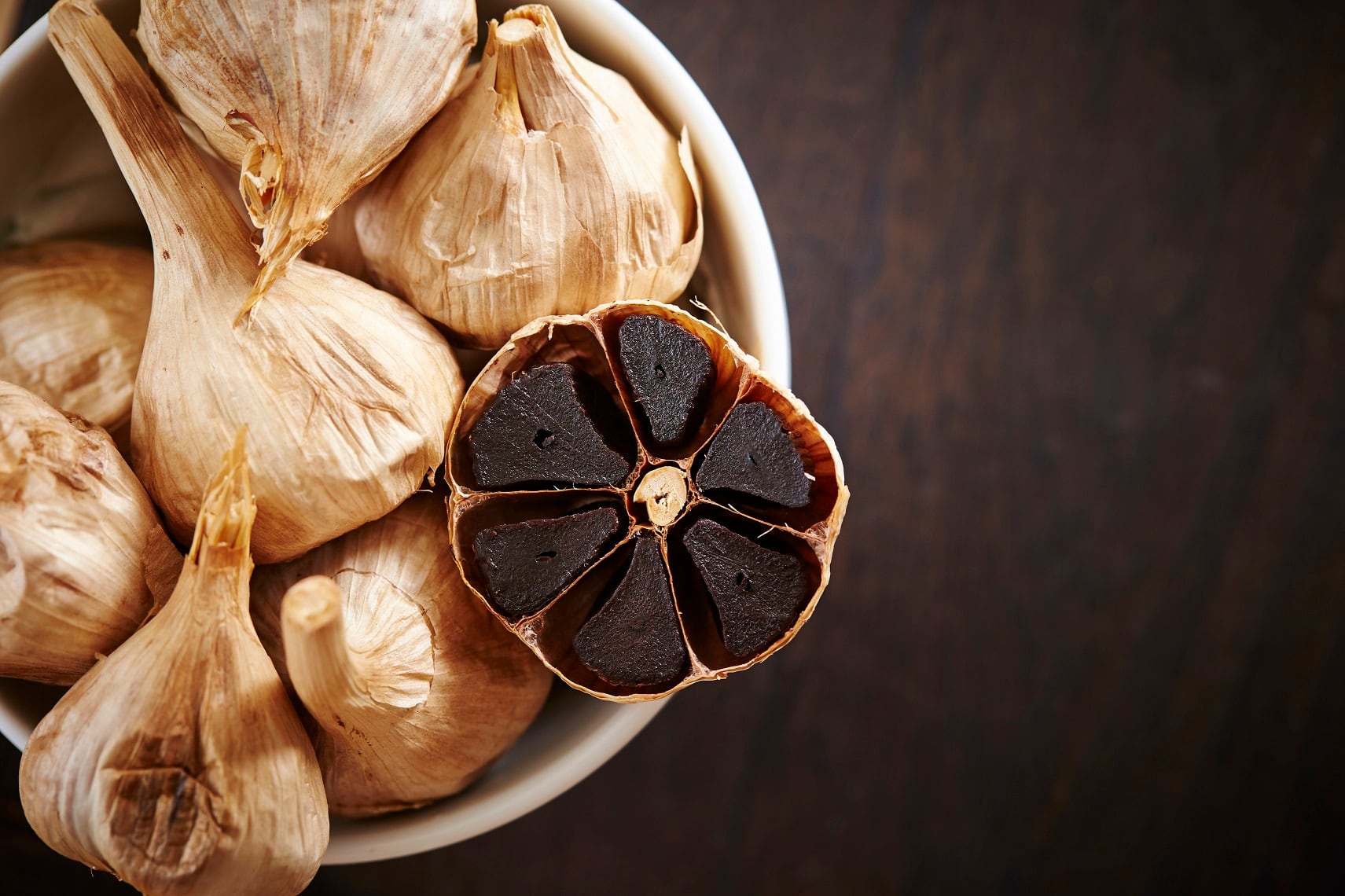/News/Research — The team also identify the botanicals Cat's claw, Cistus incanus and Chinese skullcap as effective against Borrelia burgdorferi, the bacterial species that causes Lyme disease.
In contrast, Stevia rebaudiana, Andrographis paniculata, and grapefruit seed extract show little or no activity against the stationary phase of B. burgdorferi in vitro, where cells divide slowly or not at all.
The slow-dividing or dormant cells are "persister" cells, which can form naturally under nutrient starvation or stress conditions and are more resistant to antibiotics.
“Since traditional antibiotic approaches fail to resolve all symptoms in a subset of patients treated for Lyme disease, there is a need for developing novel treatment strategies including identifying antimicrobial agents that are effective against persister microcolonies of B. burgdorferi,” the study’s authors say, led by Dr Ying Zhang, professor in the Department of Molecular Microbiology and Immunology at the Johns Hopkins Bloomberg School of Public Health.
Muted response
The study’s findings though have been met with a muted reaction from Dr Sally Cutler, professor of medical microbiology at the University of East London (UEL), who points out the work’s limitations.
“B. burgdorferi is highly susceptible to antibiotics and thus demonstration of inhibition by natural medicines is not particularly surprising,” she says. “The big question is whether they might show beneficial effects in the human.
“Lab studies are a good starting point, but difficult to extrapolate to what happens in a human body. Use of synchronized cultures actively growing or in stationary phase, again is not a mimic for what might happen during infection of a human. These are all limitations to the current work.”
Lyme disease is the most common vector-borne disease in the US and Europe. Although the current recommended Lyme antibiotic treatment is effective for the majority of Lyme disease patients, about 10–20% of patients continue to suffer from persisting symptoms.
There have been various anecdotal reports on the use of herbal extracts for treating patients with persisting symptoms with varying degree of improvements.
However, it is unclear whether the effect of the herb products is due to their direct antimicrobial activity or their effect on host immune system.
Study details
In the present study, Dr Zhang was joined by colleagues from the FOCUS Health Group, Naturopathic, Novato and the California Center for Functional Medicine, Kensington, CA, United States
They began investigating the antimicrobial effects of 12 commonly used botanical medicines and three other natural antimicrobial agents for potential anti-Borrelia burgdorferi activity in vitro.
Among them, seven natural product extracts at 1% were found to have good activity against the stationary phase B. burgdorferi culture compared to the control antibiotics doxycycline and cefuroxime.
Results found the minimum inhibitory concentration (MIC) values of the botanicals Artemisia annua, Juglans nigra, and Uncaria tomentosa were quite high for growing B. burgdorferi, despite their strong activity against the non-growing stationary phase B. burgdorferi.
Conversely, the top two active herbs, Cryptolepis sanguinolenta and Polygonum cuspidatum, showed strong activity against both growing B. burgdorferi (MIC = 0.03–0.06% and 0.25–0.5%, respectively) and non-growing stationary phase B. burgdorferi.
In subculture studies, only 1% Cryptolepis sanguinolenta extract caused complete eradication, while doxycycline and cefuroxime and other active herbs could not eradicate B. burgdorferi stationary phase cells as many spirochetes were visible after 21-day subculture.
“Future studies are needed to further evaluate the seven active botanical medicines identified in the present study as having better activity than doxycycline and cefuroxime against stationary phase B. burgdorferi,” the authors write.
Specifically, studies should be directed at identifying the active constituents of each botanical, evaluating synergistic combinations, and confirming safety and efficacy in animal models and subsequent clinical studies.”
Considerable work needed
Dr Cutler adds the implications [of the study’s findings] were difficult to assess based upon the preliminary work.
“Persistent Lyme disease cases are a heterogeneous group that is particularly challenging to evaluate as they are a varied group and might include some individuals with other clinical conditions that might account for some on-going symptoms,” she says.
“These include those with immune-mediated conditions or recurrent infection, in addition to those with continuing disease signs.
“The current study findings need considerable additional work to conclusively demonstrate value in this particularly challenging patient group,” Dr Cutler adds.
“Many belonging to Lyme advocacy groups use varied natural remedies to manage their on-going complaints. Comparison with these therapies would be valuable.”
Source: Front. Med
Published online ahead of print: doi.org/10.3389/fmed.2020.00006
“Evaluation of Natural and Botanical Medicines for Activity Against Growing and Non-growing Forms of B. burgdorferi.”
Authors: Jie Feng et al




